Millington Wood – Taking you back into ancient woodland.
Millington Wood is one of the richest woodlands in East Yorkshire for for botany and can be found tucked away in Lily Dale; a typical dry valley of the Yorkshire Wolds. This beautiful ash wood is owned and managed by East Riding council and is one of their many Local Nature Reserves. Management of the reserve is aiming to slowly remove the commercially planted species and encourage the chalk loving vegetation that would have dominated the wood a thousand years ago.
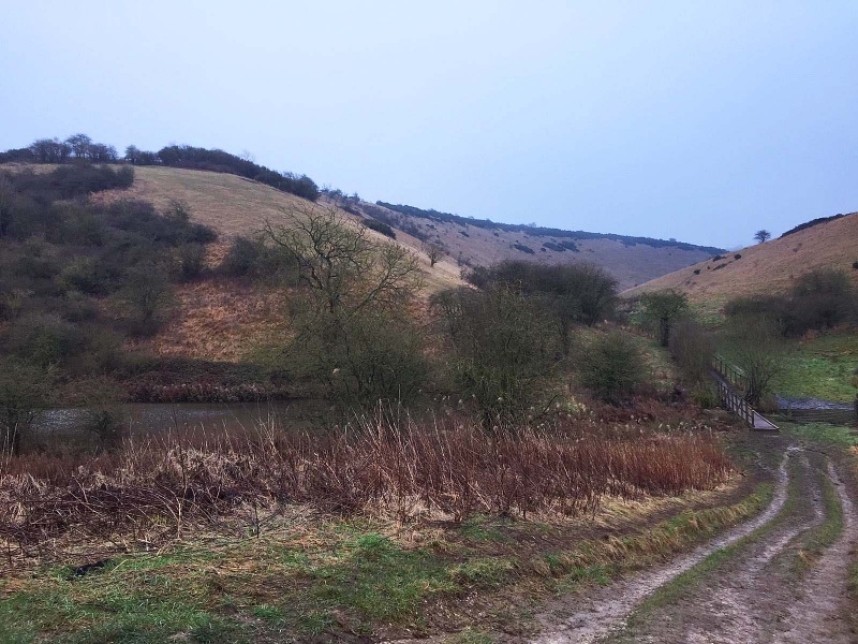
Millington pastures pond © Margaret Boyd
The woodland takes on different roles throughout the seasons. Early spring brings the arrival of the first summer migrants; chiffchaff and blackcap are first to arrive and begin their territorial song.
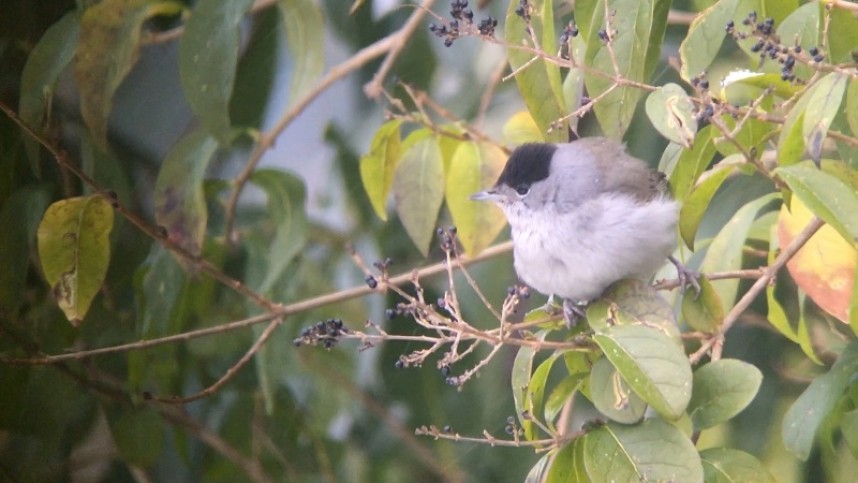
Blackcap male © Richard Baines
They add to the many woodland species that can be seen here all through the year; treecreeper, nuthatch, great spotted woodpecker, bullfinch and the lss common marsh tit.
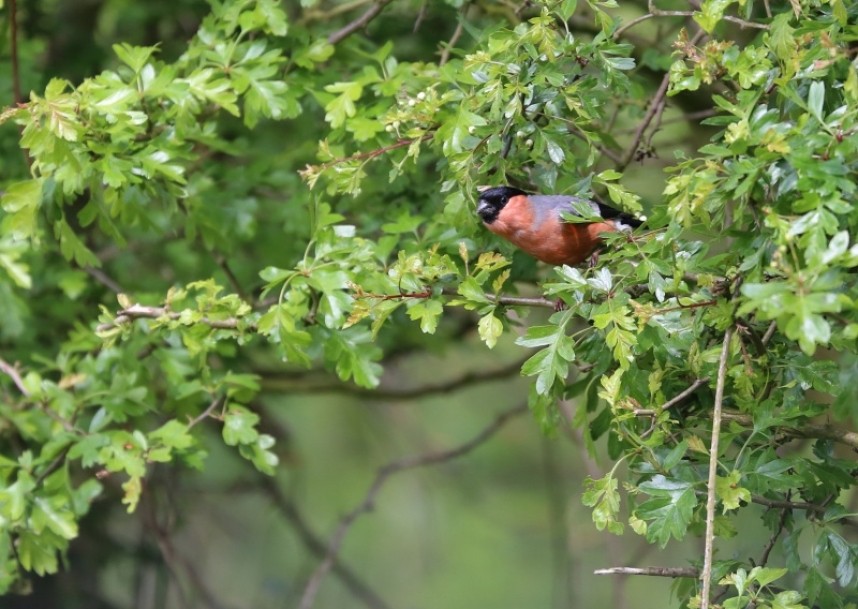
Bullfinch male © Richard Baines
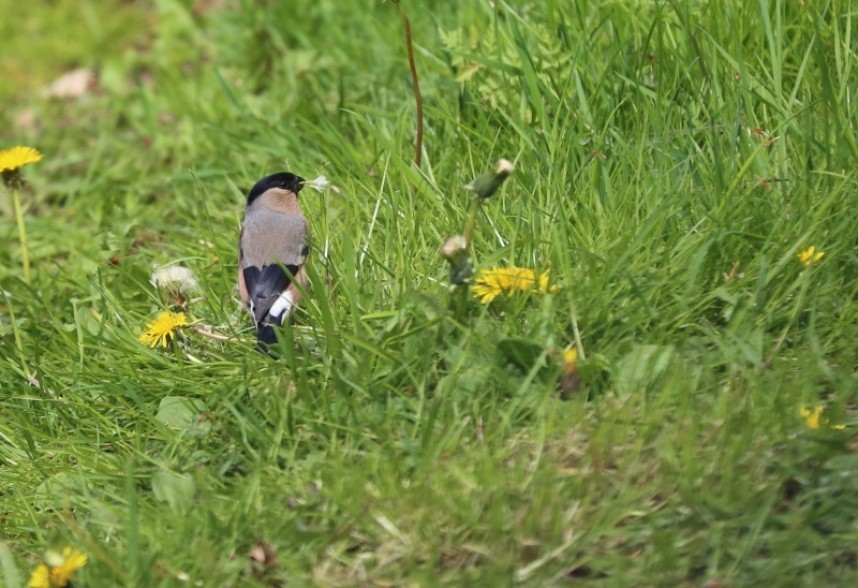
Bullfinch female © Richard Baines
In late spring the woodland floor is covered with bluebells and the air pungent with the smell of wild garlic, whilst the song of willow warblers can be heard along the main ride. In summer giant bellflowers amongst other flora fill the verges; these are typical chalk loving plants that can reach up to 2m tall, the smaller and rare nettle-leaved bellflower can also be found. The main path provides a lovely glade where speckled wood, comma and ringlet butterflies congregate in the sunshine and redstarts can occasionally be heard singing. The standing deadwood is intentionally left for them to find a nest site.
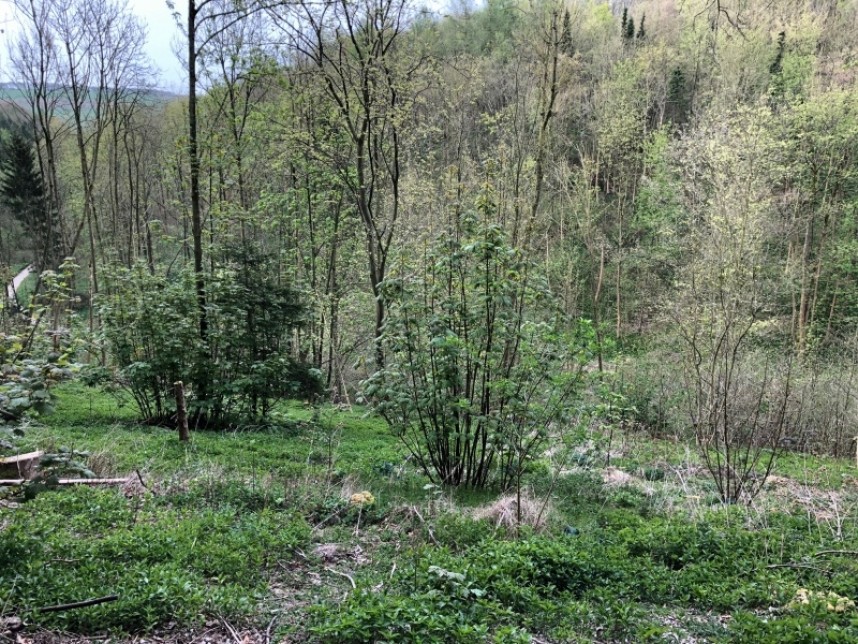
Millington Wood in spring © Richard Baines
In autumn the changing foliage can be admired from the top of the woodland path. Looking back over the wood from the higher circular path you can look down on the canopy, giving good views of coal tits and goldcrests which are often hard to see as they cling to the very tops of the conifers.
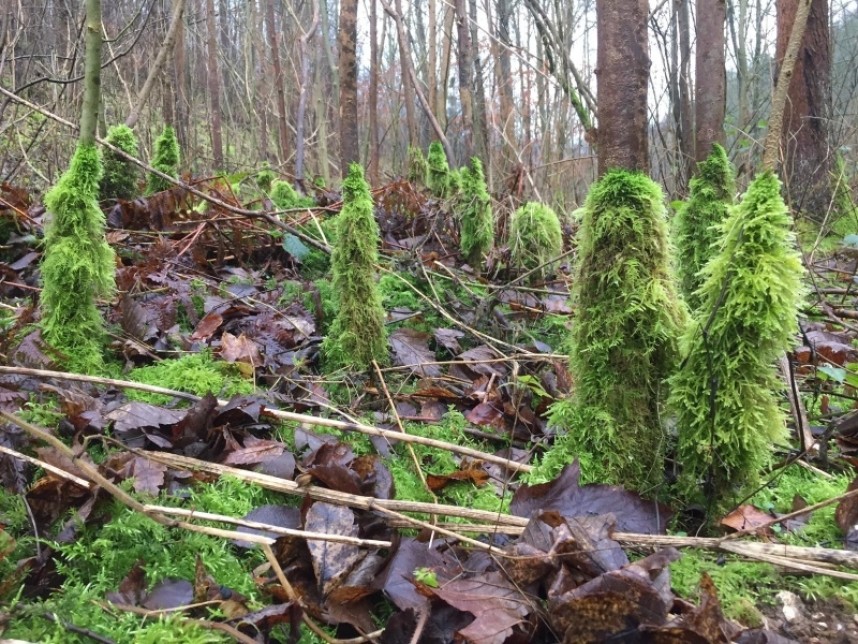
Millington Wood under the trees © Margaret Boyd
The management of the wood; leaving all felled trees on the ground, allows a wide array of fungi to flourish. Blackbirds and song thrushes can be seen feeding on and around the deadwood, as well as wren, robin, dunnock and great spotted woodpecker. Winter, and the bare trees allow a better view of the woodland species as they rove around in small flocks for safety; long tailed, blue, great and also marsh tit sticking together to feed.
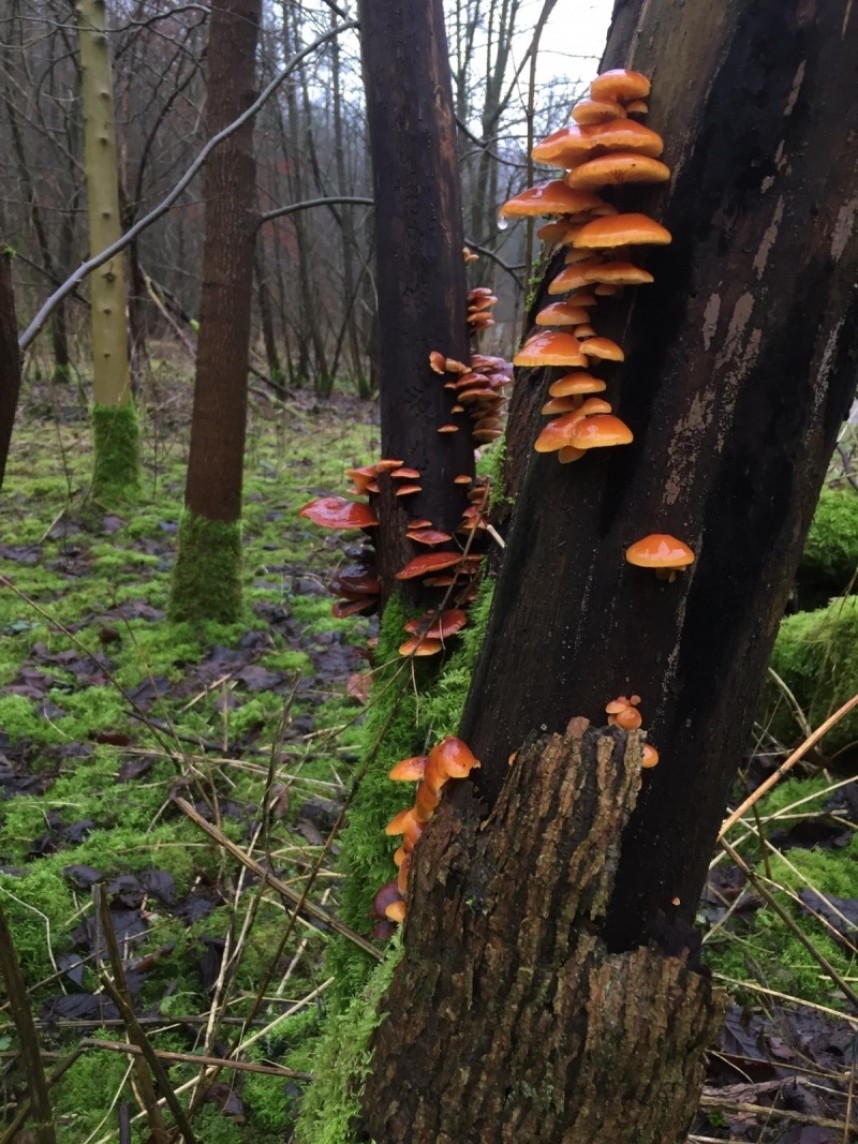
Amongst the dead wood in Millington Wood © Margaret Boyd
But Millington wood is not just about the woodland itself but also the surrounding area. Step out of the woodland and walk up the sides of the reserve on the permitted paths and in summer you will come across breeding curlew and skylark, brown hares and buzzards. In autumn small flocks of reed bunting, yellowhammers and finches feed on the stubble fields and in winter the edges of the woodland with hawthorn bushes laden with berries are a magnet for wintering fieldfares and redwings. Come springtime the hedgerows provide ideal habitat for lesser and common whitethroat and yellowhammer.
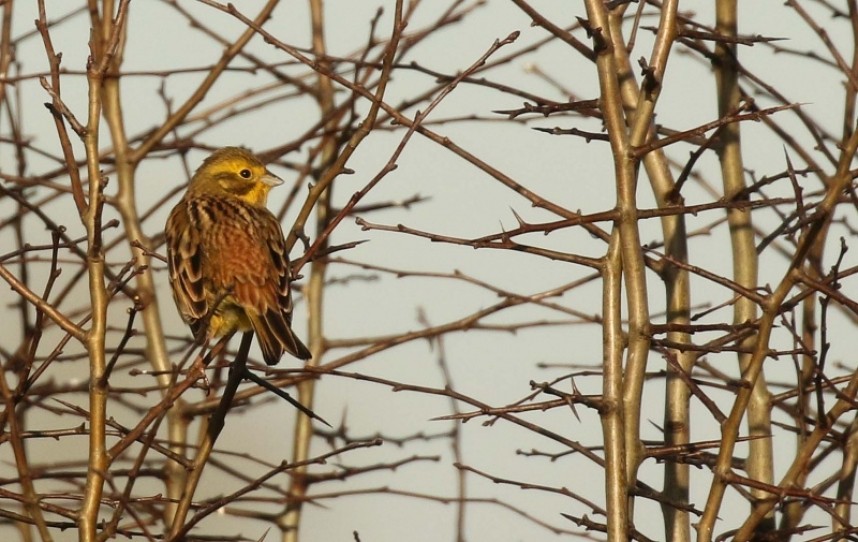
Yellowhammer © Richard Baines
The Yorkshire Wolds are slowly being colonised by red kites and as you approach Millington Wood from either Pocklington or Huggate, driving along the bottom of one of the dry valleys that are part of the landscape here, then look out for the aerial displays of this fantastic bird of prey throughout the year. A great introduction to the diversity of wildlife that Millington Wood has in store.
Margaret Boyd
Yorkshire Coast Nature



 Back to Blog
Back to Blog
